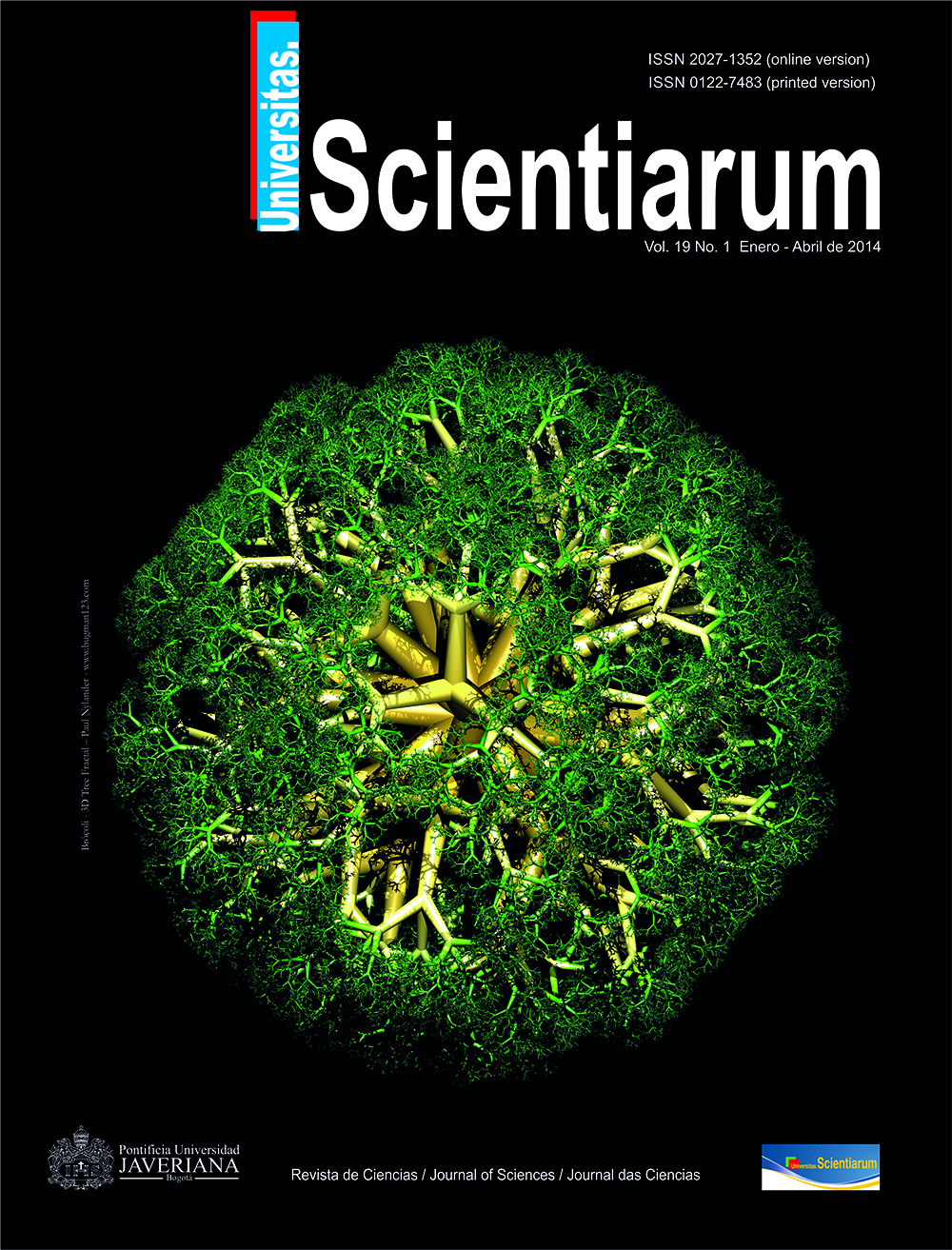Abstract
Among orchids, vanilla is the only species that is an edible product. Its farming is being promoted in Colombia as an alternative to traditional crops, especially among small and medium farmers. Existing crops have a limited genetic base and are therefore susceptible to biotic stress, particularly those caused by viruses and fungi. Wild vanilla can be a source of variability that could help increase its gene pool and could also provide naturally associated endophyte microorganisms with antagonistic properties to fight pathogens of farmed vanilla. In this study we assessed the understanding of vanilla cultivation as well as the diversity of the genus Vanilla in Colombia. As a result of this first phase of research, we found twenty species of Colombian vanilla and 60 morphospecies of endophytic microorganisms. We discuss the relevance of these findings and their potential impact on promoting vanilla farming, and also discussed the use of these plants as a model group for basic research.Univ. Sci. is registered under a Creative Commons Attribution 4.0 International Public License. Thus, this work may be reproduced, distributed, and publicly shared in digital format, as long as the names of the authors and Pontificia Universidad Javeriana are acknowledged. Others are allowed to quote, adapt, transform, auto-archive, republish, and create based on this material, for any purpose (even commercial ones), provided the authorship is duly acknowledged, a link to the original work is provided, and it is specified if changes have been made. Pontificia Universidad Javeriana does not hold the rights of published works and the authors are solely responsible for the contents of their works; they keep the moral, intellectual, privacy, and publicity rights. Approving the intervention of the work (review, copy-editing, translation, layout) and the following outreach, are granted through an use license and not through an assignment of rights. This means the journal and Pontificia Universidad Javeriana cannot be held responsible for any ethical malpractice by the authors. As a consequence of the protection granted by the use license, the journal is not required to publish recantations or modify information already published, unless the errata stems from the editorial management process. Publishing contents in this journal does not generate royalties for contributors.



